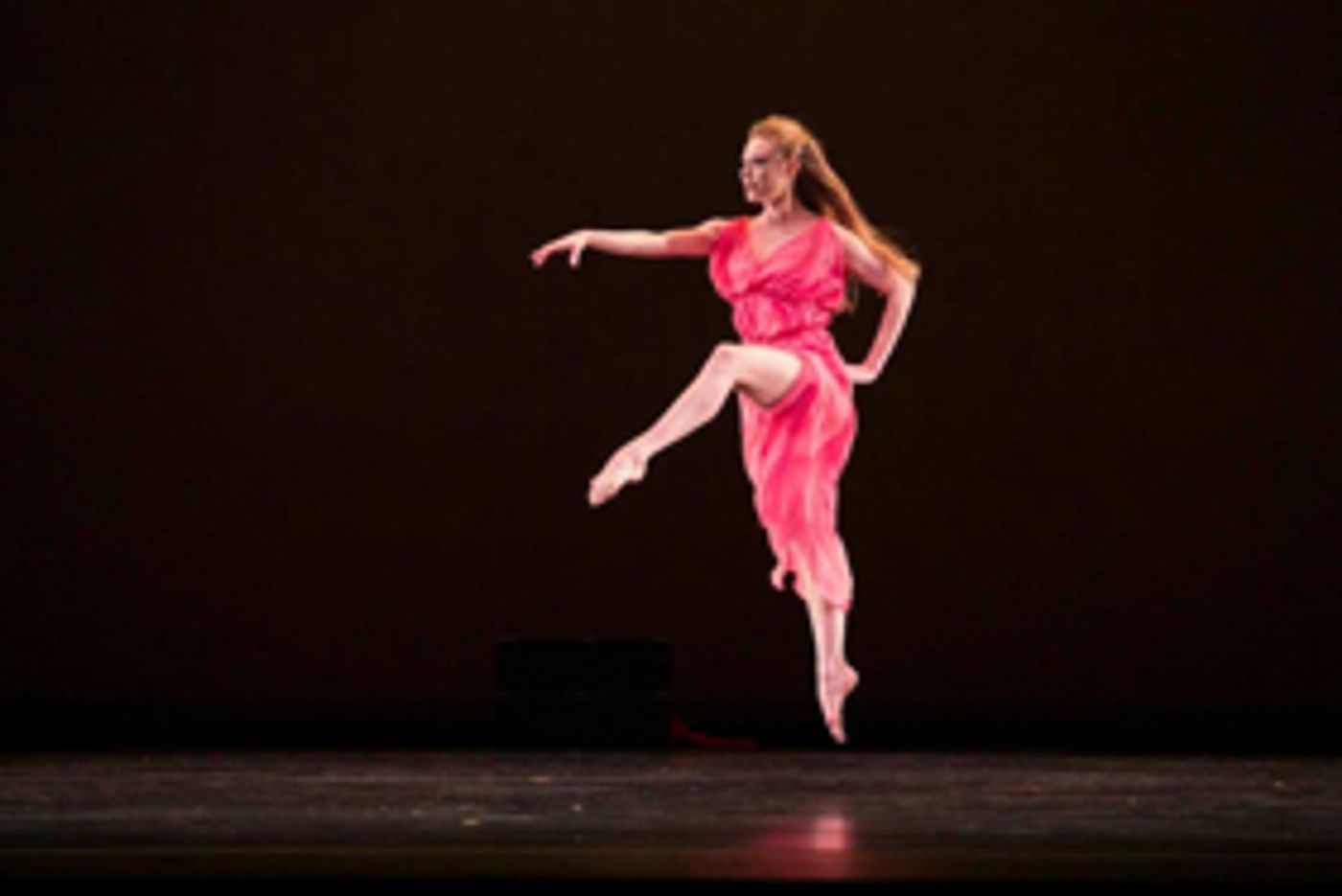BWW Dance Review: Paul Taylor's American Modern Dance spotlights New York City Ballet's Sara Mearns

As part of the Paul Taylor American Modern Dance annual residency at Lincoln Center Koch Theater, Taylor has introduced "Dances of Isadora," staged by Lori Belilove, founder and Artistic Director of the Isadora Duncan Dance Foundation and Company, and danced by Sara Mearns, the estimable New York City Ballet ballerina.
Performed on Saturday evening, March 24, 2018, I was hoping that this would not be a collision of two radically different styles. Somehow, I wouldn't have expected this from Mearns, a New York City Ballet dancer of international renown, who has never ceased to amaze everyone with her strong ballerina technique and stage presence. Like actors, dancers try to stretch their limitations, which Means has kept doing to great success, but Duncan, whose choreography is still something of a mystery to me, I must admit, seemed beyond reach.
Like most people in the arts, I have been fascinated by Duncan's life, but Duncan's art? It is on the opposite artistic poles for the two great choreographers of the twentieth century, Frederick Ashton, and George Balanchine, both of whom saw her perform, if not in her heyday. Ashton was mesmerized; Balanchine, from what he has said, less so.
Since Duncan's death, the myth of her life, her work, her teaching, has perpetuated. We might even call Isadora Duncan her own supreme branding. We all know that Duncan had a great knack for self-promotion and marketing. I wonder how all this would be perceived today?
Mearns dances a large repertoire at NYCB: Balanchine, Robbins, Ratmansky, and Peck. She is deeply rooted in the neo-classical idiom, yet never attempting at entirely classical role outside City Ballet's repertoire. By attempting Duncan, the torchbearer of modern dance, she had to find her rooting in what has usually been diametrically opposed to everything she has performed. Only someone with deep confidence would undertake this. And with the able assistance of pianist Cameron Grant, whose musical support was more akin to a lieder recitalist program, proved that ballet or modern-whatever-she is a great artist. No apologies needed for anything she undertakes. Nor should there ever be.
Performing short Duncan dances consisting of hips, hops, skipping, running, Mearns was able to commit to the choreography without condescending to it; it was honestly and truthfully presented. She was not trying to put over any message; her steps in their articulation were clear, she was very musical, making her move to Duncan technique a clear desire to take on this challenge in her career, not a one-off. Judging by the warm audience applause, I would rate Mearns a total success in this undertaking. True, there might be others who could find fault, finding her a bit rigid, grounded in presenting ballet technique in the guise of modern dance. Yet I would have to disagree. We do not know how Duncan danced-all we have are reconstructions of her choreography. So I would not like to compare Mearns to others who are supposedly "more authentic." I'm not even sure what that is. Be that as it may. It was a real artistic achievement, and one I was very glad to have observed.
After the curtain fell on her performance, I began to wonder what Mearns could do with Ashton's "Five Brahms Waltzes in the Manner of Isadora Duncan," or even Kenneth Macmillan's overwrought one-act version. Perhaps Ashton's "A Month in the Country."
Maybe?
Taylor's "Banquet of Vultures," a totally bleak and uncompromising dance focusing on what was once seen as George Bush's destruction of the United States followed. Taylor said that he was inspired to make a dance after watching him move: "The first time I saw Bush walking, on television, I did not trust the man. His walk is a lie."
"Banquet of Vultures" pays homage to Kurt Jooss's "The Green Table" of 1932, yet it goes even deeper into the troubled mind of warmongers and the destruction they wield. The main figure, superbly danced by Michael Trusnovec, wastes no time in making his presence felt. He is dressed in a suit and tie, looking presidential, but takes on his duties with a vengeance. He rapes and kills a female soldier, casts her off, after which he disappears, only to be replaced by another figure in suit and tie. Destruction keeps repeating itself.
Danced in semi-darkness to the piercing music of Morton Feldman's "Oboe and Orchestra," the work grim and relentless in its depiction of stinging bureaucracy and its effects. Many people try to avoid this work, yet I find it, for all its gloom, one of the more interesting works in the Taylor canon. It shows how things were (and still are), with people succumbing to brutality. Now if there was a way to circumvent this? I hope that someday there is a follow-up to this piece. I wonder what is playing in Taylor's mind.
The evening closed with Taylor's "Esplanade," now over 40 years old and, like so many of my favorite Balanchine works, still casting its beautiful, infectious soul on an audience. Set to two violin concertos by Johann Sebastian Bach, the dance is like an old friend you have not seen in years. Time disappears. You are transported back; a smile breaks out on your face. Is there another work that exudes such charm, such warmth? Can anyone possibly resist the dancers jumping, the catching the female dancers in their arms with such élan, such abandon?
"Esplanade," was danced with great brio by Michael Trusnovec, James Samson, Michelle Fleet, Parish Khobdeh, Laura Halzack, Jamie Rae Walker, Michael Apuzzo, Heather McKinley, and Madelyn Ho. Having watched numerous cast changes over the years, I can say that they are as good as the others and will continue to set their own marks for others yet to come. And I imagine that the dance will still be around in 40 years.
A wonderful evening all around.
Reader Reviews
Videos

